Statistics show that 5 to 16 percent of school-age children are affected by sensory processing disorders, a condition that causes sensitives or processing difficulties within the brain associated with the five senses of sight, hearing, touch, taste, and smell. Children with this disorder can easily become overwhelmed by the intake of information from their bodies which could lead them to act out, withdraw, or break down.
Over recent years, teachers have incorporated sensory training within classrooms to accommodate those with such challenges. The results have been both positive and progressive! But why stop there? Recess is the best time of the school day for many elementary students to socialize and play. It is also a great place to promote health and learning. Why not add some playground activities to further aid in sensory development? Below are senses that will benefit from some helpful additions to the school’s play yard.
Hearing
Loud noises or an overabundance of different sounds is one of the leading causes of sensory overload. Noise pollution can cause stress and anguish to anyone, let alone someone with sound sensitivities. A child who is prone to sound sensitivity can often be observed with their hand over their ears to dampen the noise. Noise is constant, but a strategic sensory tactic is to introduce some level of control. Establishing music equipment on the playground is a great way toward this goal. It is a fun way to focus on new sounds while still being immersed in the everyday playground noises of children talking, laughing, screaming, and just having fun. Additionally, instruments like xylophones, bells, and drums can also assist in fine and gross motor skills as volume and pitch are determined by the location and applied force used when making the music.
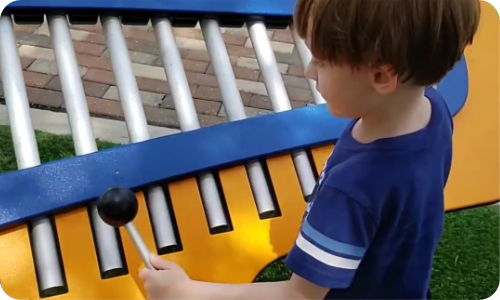
Sight
Children with sight sensitivities have trouble with sudden changes in brightness, color, or frequency of light, typically caused by artificial lights found in the school building. However, there are also difficulties transitioning from soft indoor fluorescent bulbs to radiant, natural sunlight. This quick level of intensity can cause a child to burst into tears from discomfort. One solution is to add shade over the playground area to give a happy medium to cope with this harsh adjustment. Not only will it bring the child to ease, but will make them more comfortable during the hot sunny day.
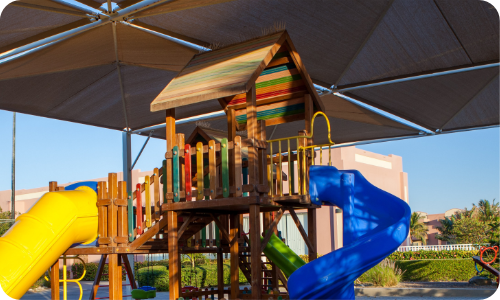
Touch
Have you ever worn an itchy sweater or a pair of shoes that were too small? Your reaction would be to remove the uncomfortable apparel as soon as possible, so you can feel relief. Those with cases of tactile dysfunction have this unpleasant sensation without the use of harsh materials or incorrect sizes. Cotton may feel like wool or proper-sized shoes may feel tight just from being on. Their sensitive touch registers at a much greater level than normal, making the feeling of certain items unbearable. Surprisingly the solution is to fight fire with fire. To build up a tolerance for the sense of touch, the child would need to be gradually exposed to different textures, temperatures, and consistencies to develop a tolerance. This could include objects that are soft, hard, rough, smooth, squishy, wet, dry, hot, or cold. Again the child needs to be in control to maintain their comfortability while making these new discoveries. There are specific panels that can be incorporated into a play structure that has different textures for the children to explore, while also being made from a hygienic material to prevent the spread of germs.
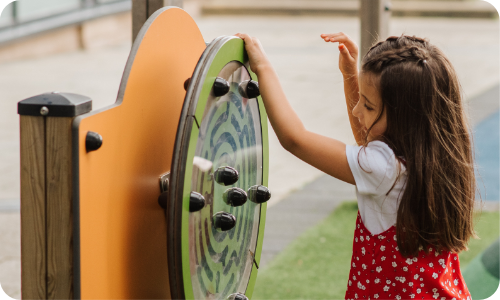
Fine Motor
Fine motor is the incorporation of small muscles in the hand and fingers to complete tasks involving writing, scissor cutting, tying, and tool usage, among others. Although fine motor skills are not necessarily a sense, those with sensory discrepancies may need to work a little harder to improve their movement control. On the playground, there are many fun panels to assist with this exercise such as cog gears, ABC trace, the solar system explorers, and drive shift to name a few. Music equipment as mentioned previously is also a great helper, as well as swing sets. These activities cause a child to grip, pinch, or pull a device to cause a reaction. Not only is this visually stimulating, but it is a fun way of honing in on these skills unknowingly during play!
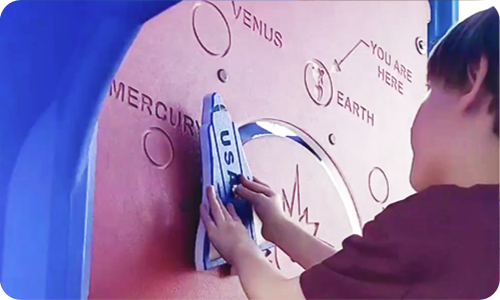
Gross Motor
Gross motor skills involve the control of arms, legs, and torso, linked to many everyday physical activities. Large muscle actions associated with gross motor include walking, running, kicking, throwing, and lifting. The playground has no shortage of developmental exposure for these gross motor tasks. But there is one area that could always use some attention, balance. Working on balance not only strengthens key muscles and motion but also reduces injury by quickening reflexes and reaction times. Balance beams, steppers, climbers, and spinners are great tools to develop stability and equilibrium. These activities train children to shift their weight or tense their muscles to maintain a proper upright position.
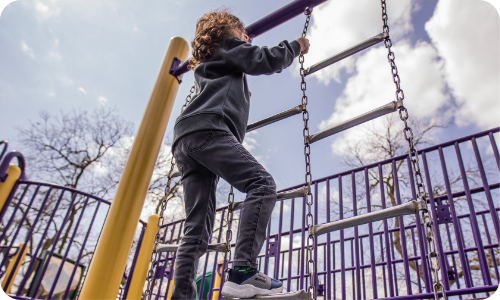
Spatial Awareness
Spatial Awareness involves understanding the whereabouts of objects in proximity to the body. Children who may need practice with this complex skill can be observed constantly bumping into walls, following too closely, or having trouble getting around objects in their path. One proven exercise is for the child to run an obstacle course with specific instructions to get around objects with such directions as right, left, up, down, through, behind, over, and under. This trains them to gauge the distance between them and the obstructions, and to act accordingly with proper timing. A playground set coupled with climbers or stepping stones can create a fun obstacle course for all children to navigate through. They can practice moving around certain play activities to develop a sense of self-location in relation to the vicinity. Also, you can change up the step for more eye, touch, muscle, and reaction development.
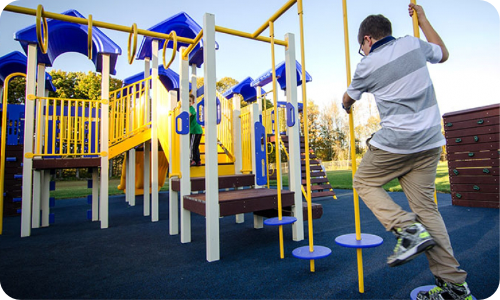
By implementing one or a few of these useful additions to the recess schoolyard, you can help those struggling with sensory processing disorders develop and learn alongside their peers. These playground activities present a fun gradual challenge without going beyond an uncomfortable breaking point. It is important for all children to have what they need to give them every chance to excel. Every child is unique and on different steps in their education journey. Give them the proper tools and they will pave the road to the future!


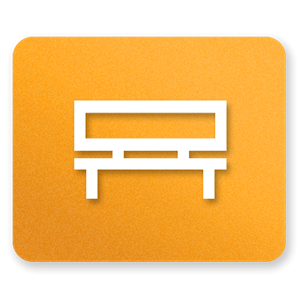









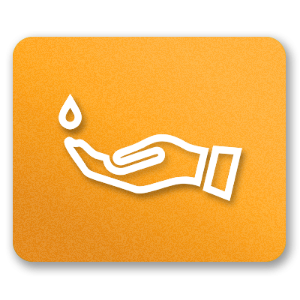

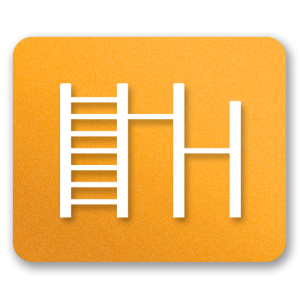
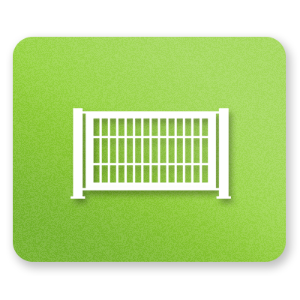


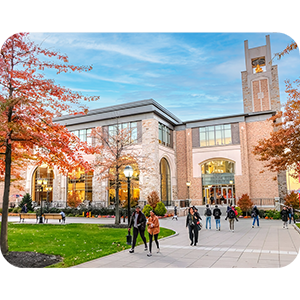

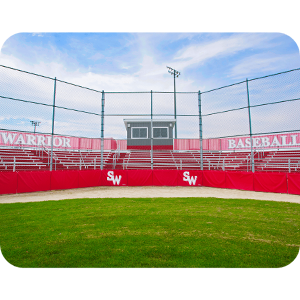
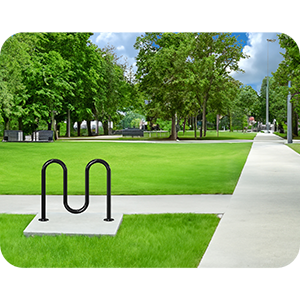

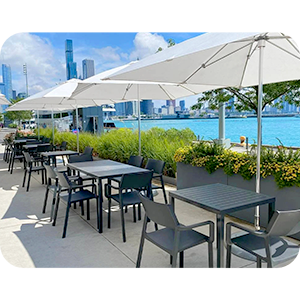

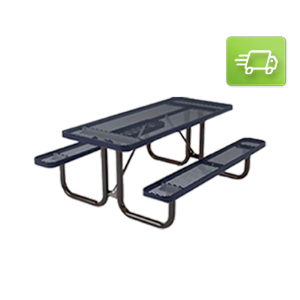
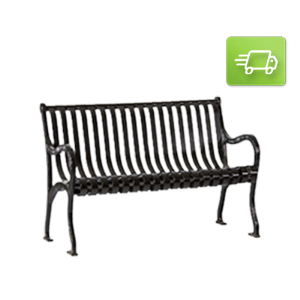
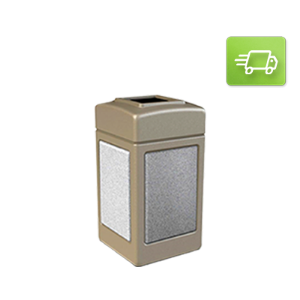
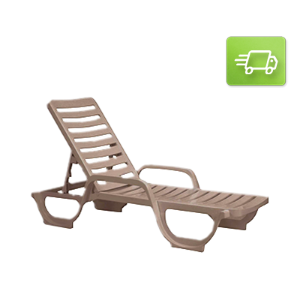
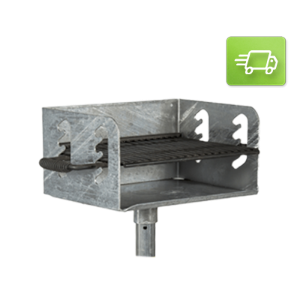
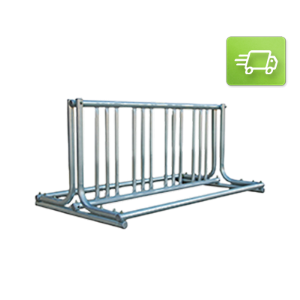
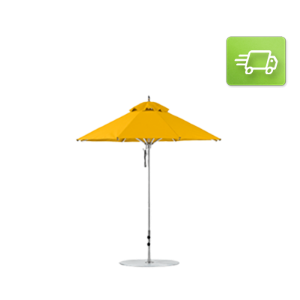
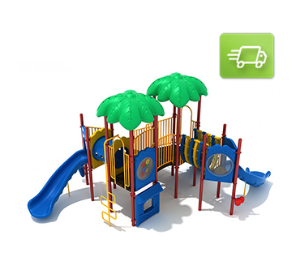

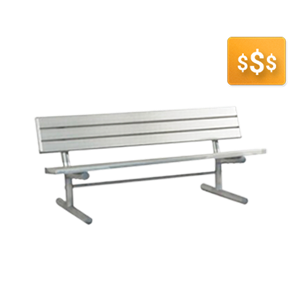
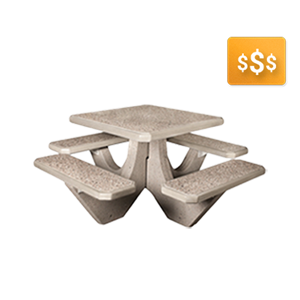
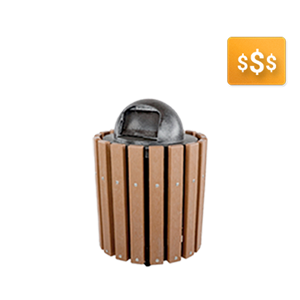
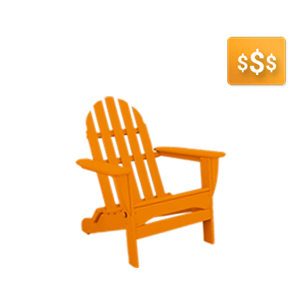
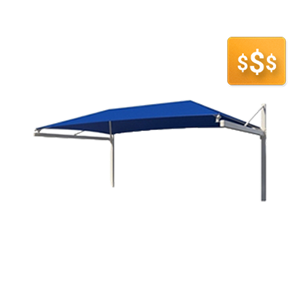
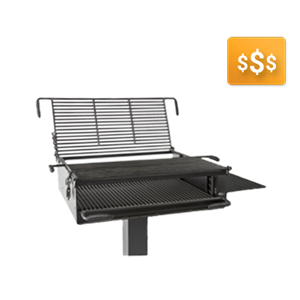
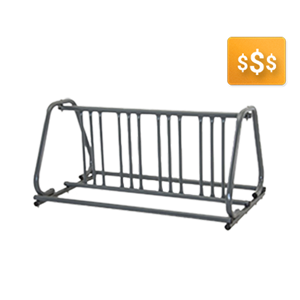







Leave your comment